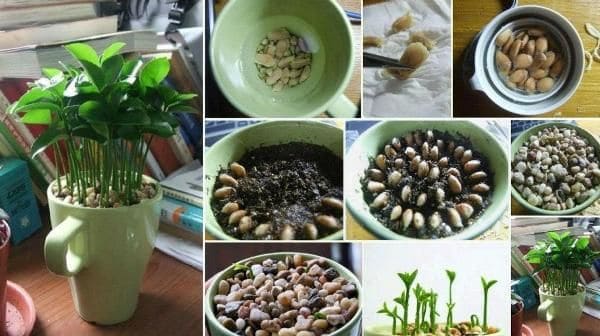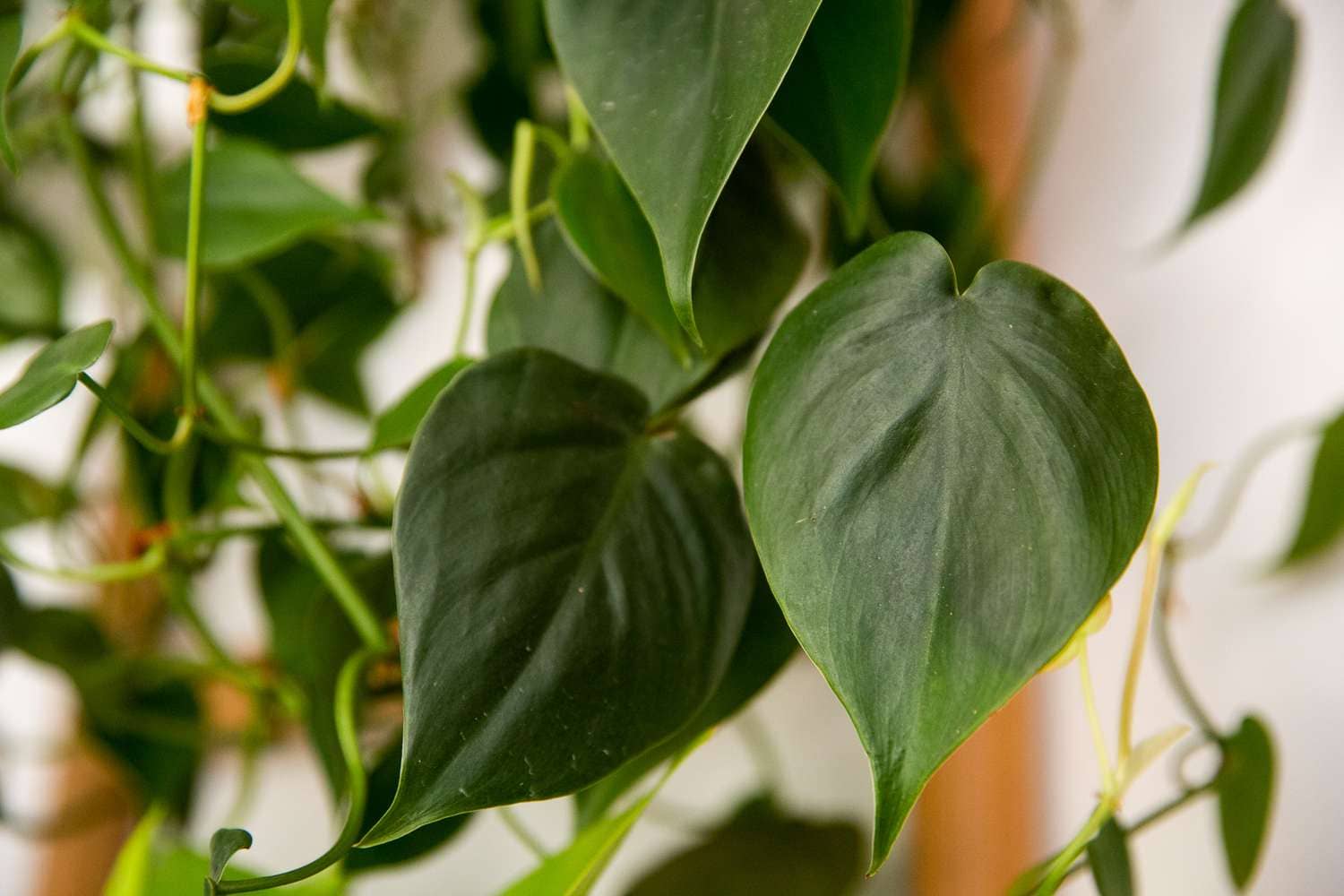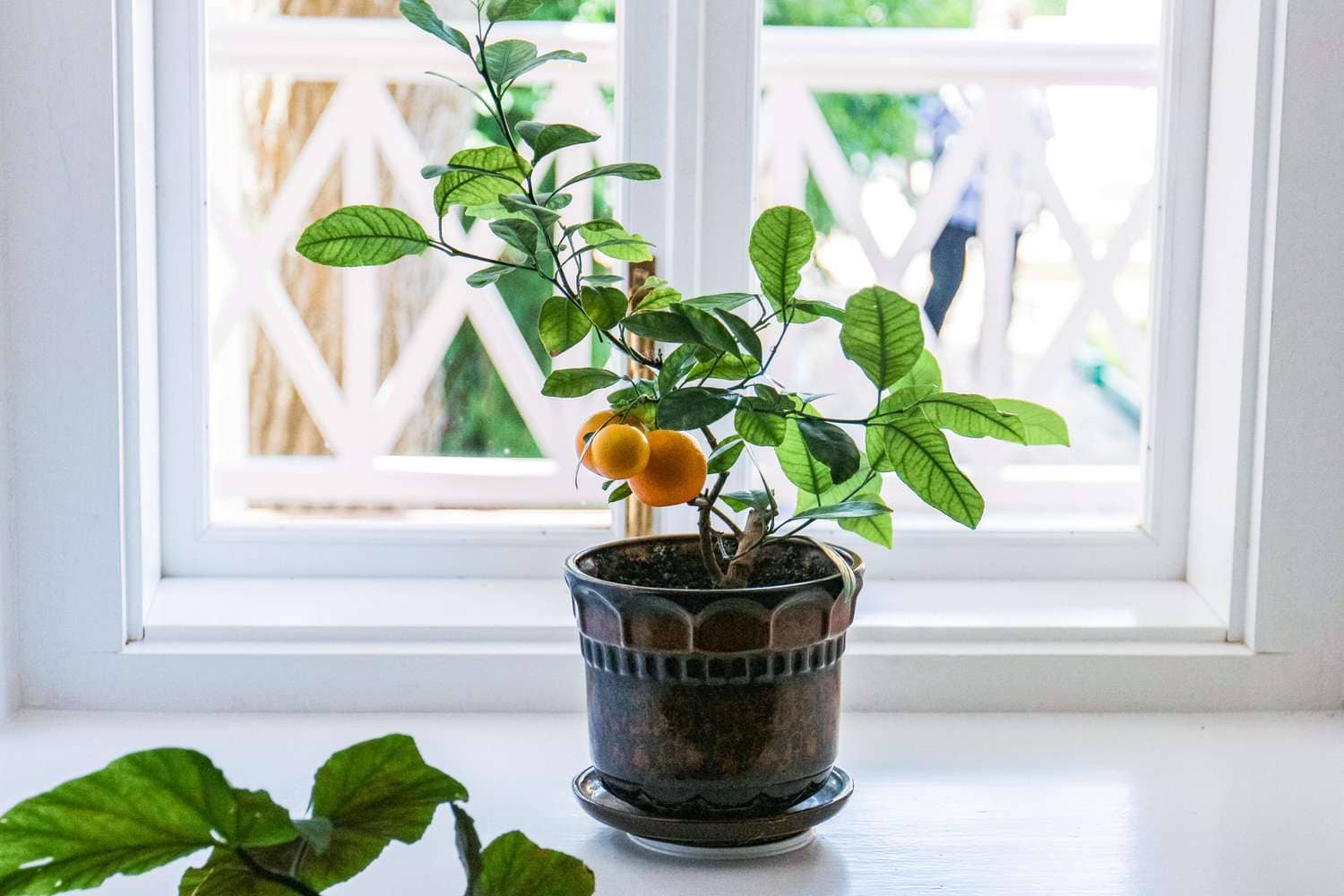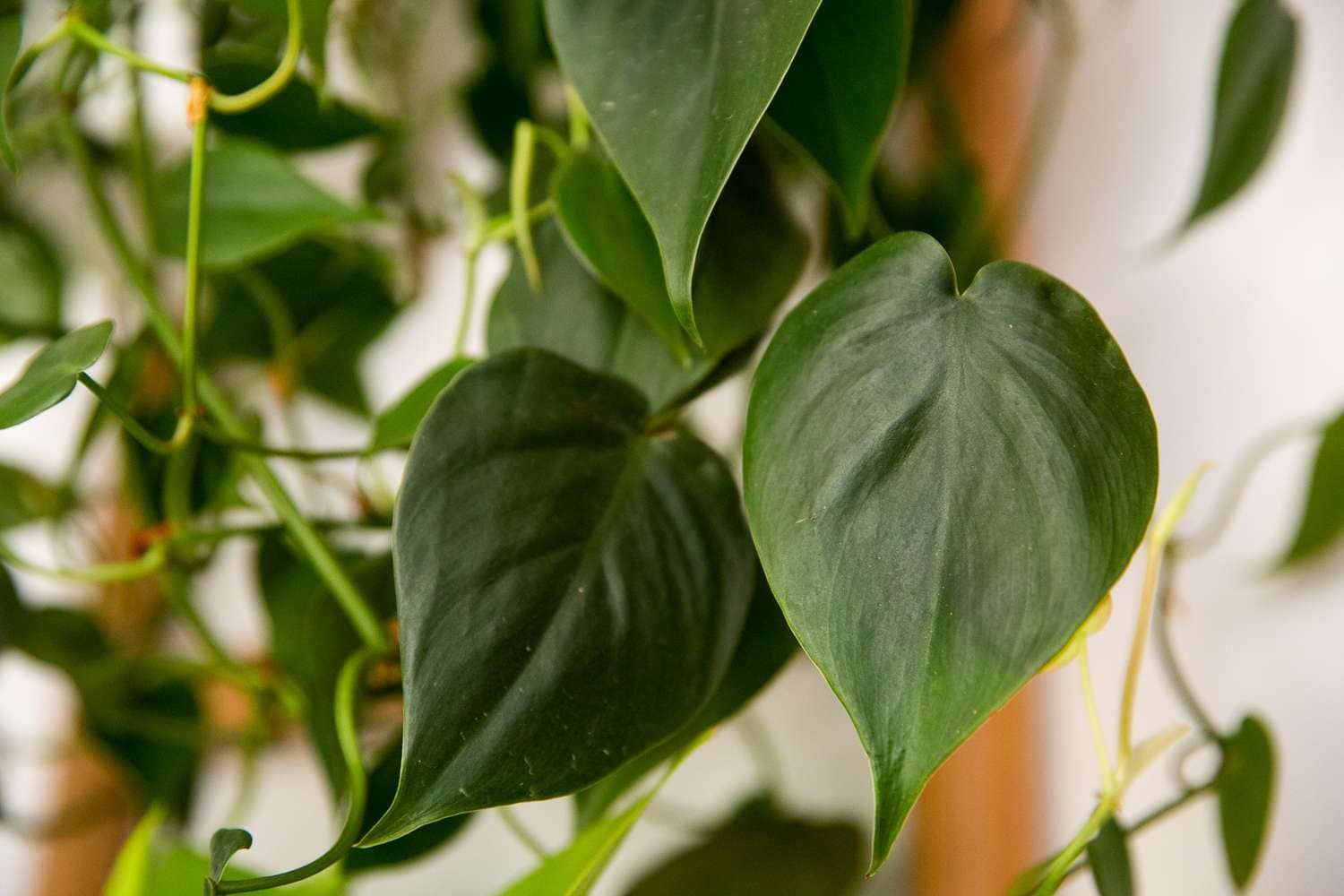Introduction to Tulips
Tulips, the exquisite flowers that grace gardens and floral arrangements alike, captivate with their vibrant hues and delicate petals. Originating from Central Asia and Turkey, tulips have become a symbol of elegance and charm worldwide. In this comprehensive guide, we delve into the fascinating world of tulips, exploring their history, varieties, cultivation, and care tips.
The History of Tulips
Tulips have a rich and storied history dating back centuries. Originating in the Ottoman Empire, these flowers were initially cultivated for their medicinal properties. However, their beauty soon caught the attention of European botanists, leading to a surge in tulip cultivation during the Dutch Golden Age.
Varieties of Tulips
Tulips come in a myriad of colors, shapes, and sizes, making them a versatile choice for gardens and floral arrangements. From classic single-flowered varieties to extravagant double-flowered cultivars, there is a tulip to suit every taste and preference. Some popular varieties include:
1. Single Early Tulips
Known for their classic cup-shaped blooms, single early tulips are among the first to bloom in spring, adding a burst of color to the landscape.
2. Triumph Tulips
With their sturdy stems and vibrant colors, Triumph tulips are a favorite choice for both gardeners and florists. These tulips bloom mid-season and boast a wide range of hues, from bold reds to soft pastels.
3. Parrot Tulips
Characterized by their ruffled petals and striking colors, parrot tulips add a touch of whimsy to any garden or bouquet. These unique tulips feature petals that resemble the feathers of a parrot, hence their name.
Cultivation Tips for Tulips
Growing tulips can be a rewarding experience, provided you follow some essential cultivation tips. Here are a few key pointers to help you grow healthy and vibrant tulips:
1. Choose the Right Location
Tulips thrive in well-drained soil and prefer a sunny location with partial shade. When selecting a planting site, ensure it receives ample sunlight and is sheltered from strong winds.
2. Planting Depth
When planting tulip bulbs, ensure they are buried at a depth of 6 to 8 inches in the soil. Planting too shallow or too deep can affect the flower’s growth and development.
3. Watering and Fertilizing
Tulips require regular watering, especially during dry periods, to keep the soil moist but not waterlogged. Additionally, applying a balanced fertilizer in the spring can help promote healthy growth and blooming.
4. Pest and Disease Control
Keep an eye out for common pests such as aphids and slugs, which can damage tulip plants. Implementing proper pest control measures and practicing good garden hygiene can help prevent infestations and diseases.
Care Tips for Tulips
Once your tulips are in full bloom, it’s essential to provide them with the care they need to thrive. Here are some tips to help prolong the beauty of your tulip flowers:
1. Deadheading
Remove faded blooms promptly to encourage continued flowering and prevent the plant from expending energy on seed production.
2. Mulching
Applying a layer of mulch around tulip plants can help conserve soil moisture, suppress weeds, and regulate soil temperature.
3. Dividing Bulbs
After several years of growth, tulip bulbs may become overcrowded, leading to reduced flowering. To maintain healthy plants, consider dividing and replanting bulbs every few years.
Conclusion
In conclusion, tulips are a timeless symbol of beauty and elegance, beloved by gardeners and flower enthusiasts worldwide. By understanding their history, exploring their varieties, and following proper cultivation and care techniques, you can enjoy the splendor of tulips in your own garden or floral arrangements.





